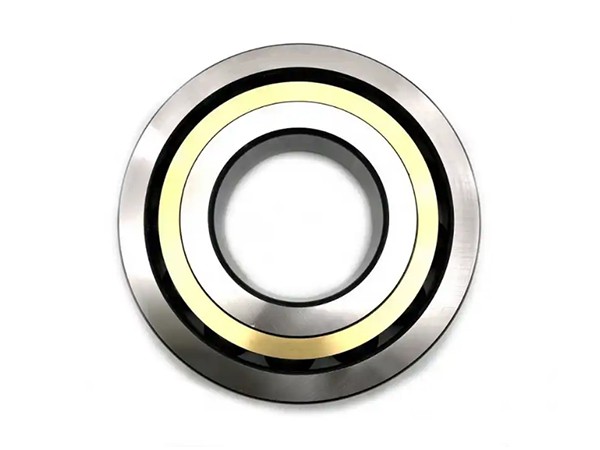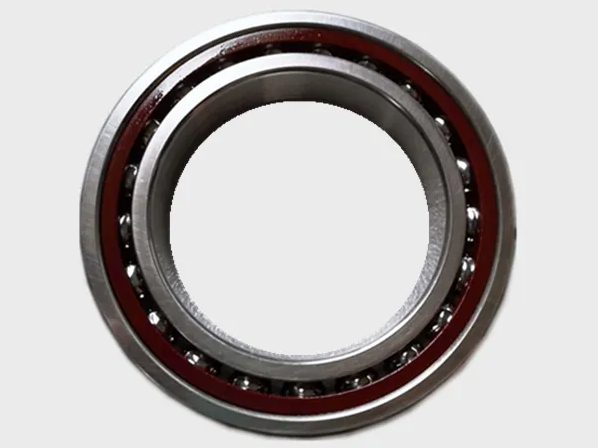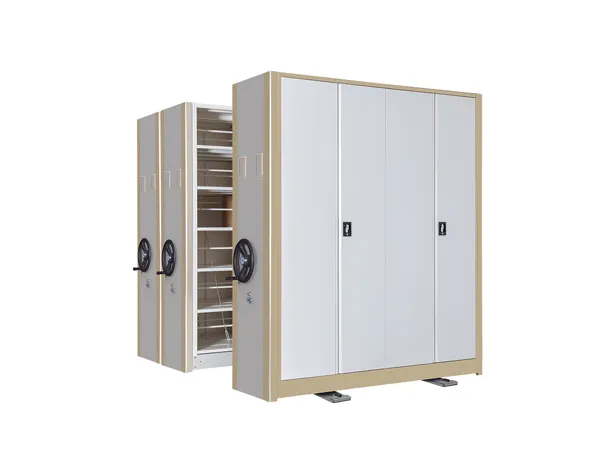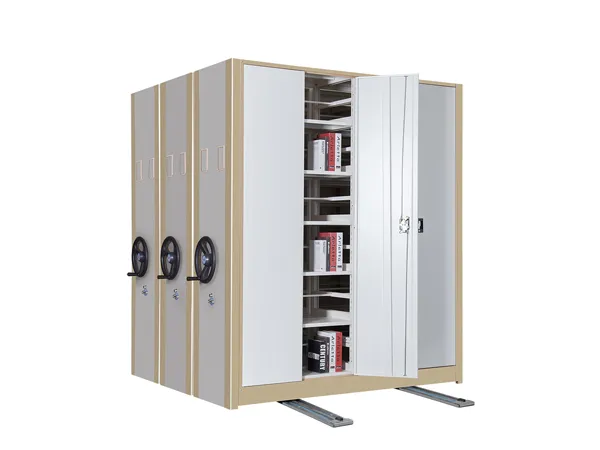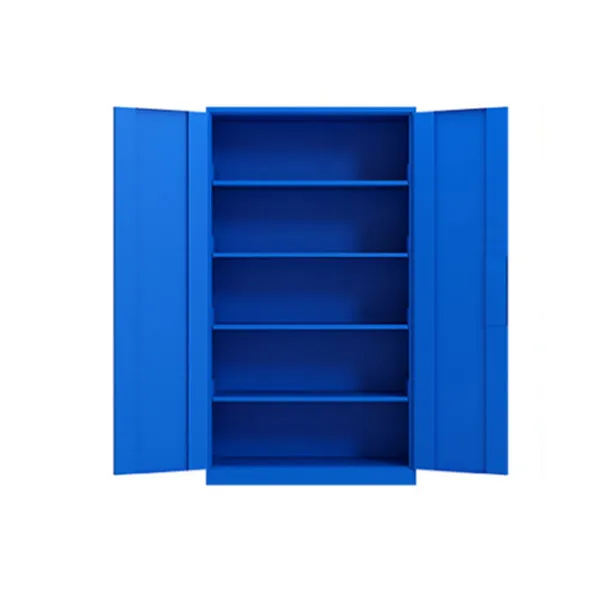Glass tempering furnaces are utilized in various industries for producing tempered glass, which is renowned for its enhanced strength and safety properties. Here are some application fields where tempered glass produced by tempering furnaces finds widespread use:
Construction: Tempered glass is extensively used in the construction industry for applications such as:
Exterior windows and doors
Glass facades and curtain walls
Glass railings and balustrades
Skylights and canopies
Glass partitions and dividers
Automotive: In the automotive sector, tempered glass is employed for:
Windshields
Side and rear windows
Sunroofs
Mirrors
Headlights and taillights
Consumer Electronics: Tempered glass is commonly found in consumer electronic devices for:
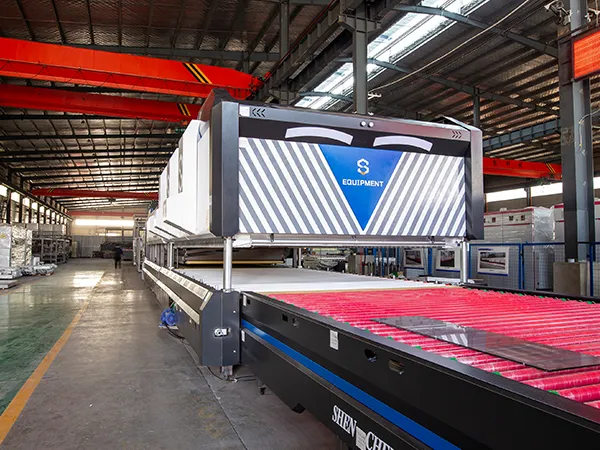
Smartphone and tablet screens
Touch panels
LCD and LED displays
Oven doors
Microwave oven doors
Furniture: In the furniture industry, tempered glass is used for:
Tabletops
Shelves
Cabinet doors
Display cases
Appliances: Tempered glass is utilized in various household appliances including:
Oven doors
Refrigerator shelves
Stovetop panels
Fireplace doors
Safety and Security: Tempered glass is employed in applications where safety and security are paramount, such as:
…
For more detailed information on glass tempering furnace applications, please click here: https://www.shencglass.com/en/a/news/glass-tempering-furnace-application.html



